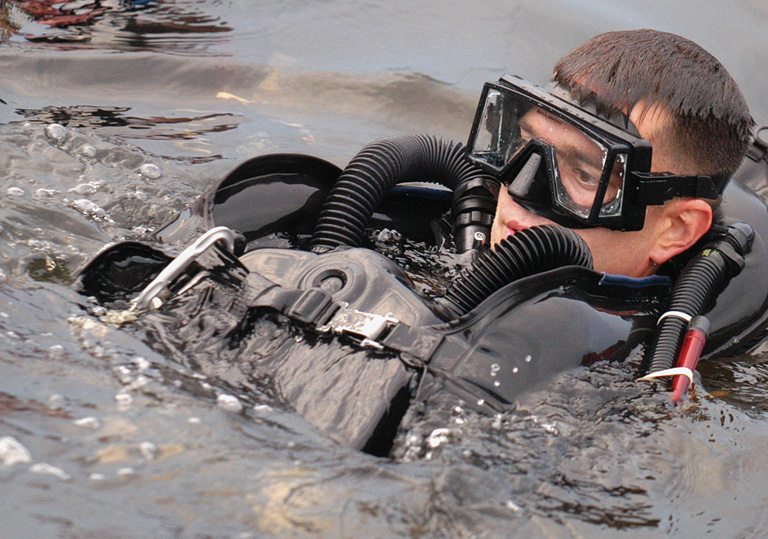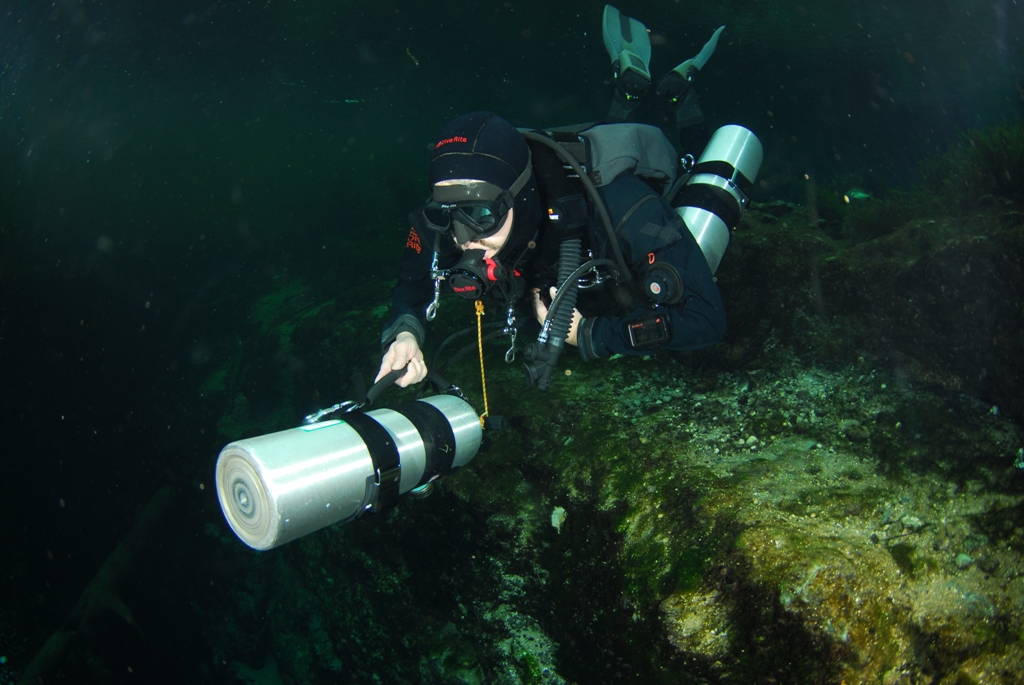Sponsor Ciro Santilli's work on OurBigBook.com Possibility of a pivot Created 2024-08-10 Updated 2025-07-16
When doing "innovative" things that seem "smart", you often end up noticing that they were actually "old" and "dumb", and that you should instead be doing another "innovative smart" thing.
Therefore, there is always a possibility that at some point Ciro Santilli's intended project for donation money will change halfway.
Ciro however makes the following pledge: everything that comes out of donation money work will be:as always.
- openly licensed
- amazingly documented
- STEM focused
This does not apply to contract work obviously, only donations.
Update from Ciro Santilli Created 2024-08-10 Updated 2025-07-16
Photodetector Created 2024-08-05 Updated 2025-07-16
Snowden Snowbot Created 2024-08-05 Updated 2025-07-16
oneday Created 2024-08-05 Updated 2025-07-16
Innovative university Created 2024-08-05 Updated 2025-07-16
LED vs photodetector Created 2024-08-05 Updated 2025-07-16
LED vs diode Created 2024-08-05 Updated 2025-07-16
Bibliography:
Independent programming school Created 2024-08-05 Updated 2025-07-16
Hindsight is 20/20 Created 2024-08-05 Updated 2025-07-16
Type of university Created 2024-08-05 Updated 2025-07-16
University policy Created 2024-08-05 Updated 2025-07-16
LED vs Created 2024-08-05 Updated 2025-07-16
LED electronic package Created 2024-08-05 Updated 2025-07-26
Direct and indirect band gaps Created 2024-08-05 Updated 2025-07-16
Edd Sorenson Created 2024-08-05 Updated 2025-07-16
Edd Sorenson is the greatest cave body recovery diver ever, performing incredible stunts of endurance and bravery in his many body recoveries.
He even saved a few cave divers alive, which is extremely rare as almost all incidents lead to deaths.
Besides that, he was also one of the early proponents of sidemount diving, a method of diving that allows divers to enter through smaller restrictions than the traditional back mounted diving. The method was initially considered dangerous, but after technical developments which Sorenson contributed to became the dominant form of cave diving.
Sorenson also made technical and educational contributions to civilian rebreather diving, which he mastered and often used in his many body recovery missions, as the method allows him to stay underwater for longer periods of time.
On top of all that, he's a great storyteller, which together with his physique and demeanor helps to cement his fame.
His name is Danish: en.wikipedia.org/wiki/Sørensen He looks incredibly military, but apparently isn't: youtu.be/K7m03k1k-Bk?t=171 He had an excavation business in Portland, Oregon, and wanted FIRE movement to Florida. He got a bit hurt by by the dot-com crash, but still managed to move after liquidating all assets.
This is another perfect example of how shitty our world is. The dude wasted his life until he was 40, and then only when he started doing what he really loved did he become mega famous and succesful. Video "What Would You Do If Money Were No Object by Alan Watts" comes to mind strongly yet again... After the move he relocated to the Jackson Blue Spring area.
Electronic symbol Created 2024-08-05 Updated 2025-07-16
Cave diver Created 2024-08-05 Updated 2025-07-16
Rebreather diving Created 2024-08-05 Updated 2025-07-16
Sidemount diving Created 2024-08-05 Updated 2025-07-16
There are unlisted articles, also show them or only show them.



